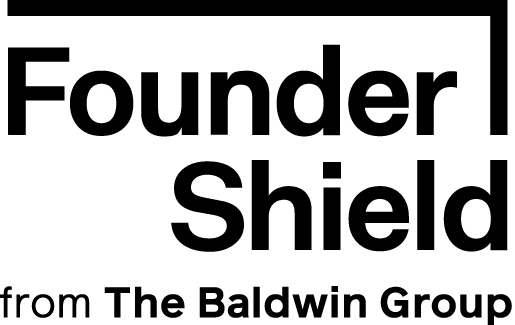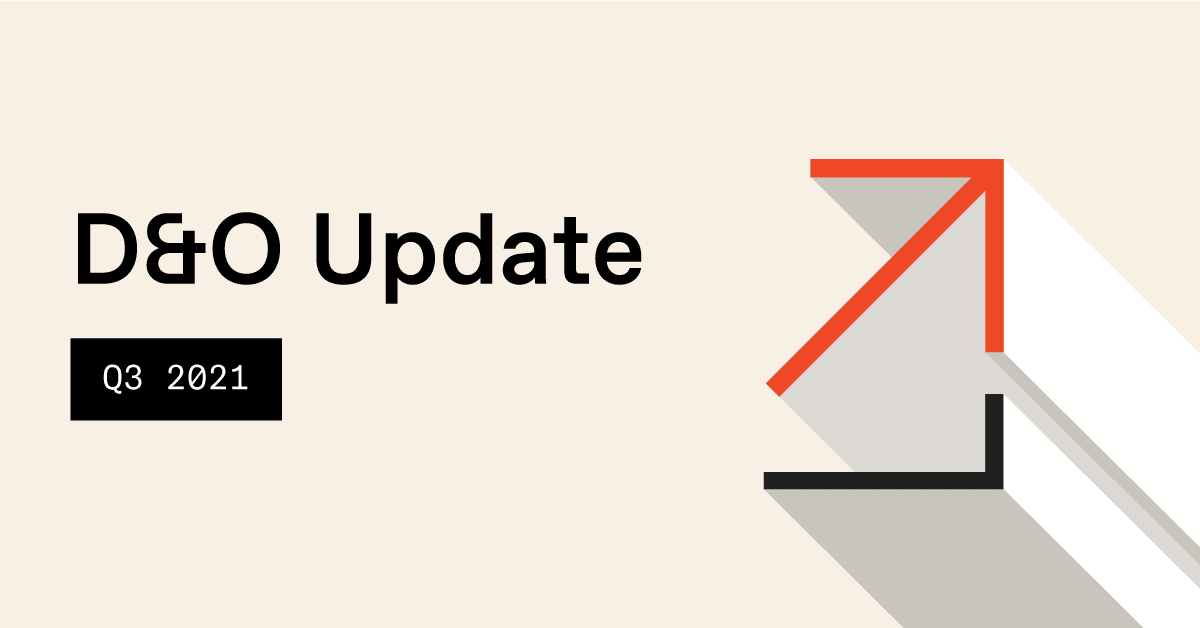Key Takeaways
In the last few years, companies have seen an increase in investigations and inquiries targeting their directors and officers. Cornerstone Research’s 2017 year in review of securities class action filings reported 412 federal securities class action filings for the year, a 52 percent increase. The cost of defending these suits alone can prove to be extremely expensive. And if they are found guilty? You can be talking millions of dollars in fees and settlement.
D&O Insurance protects companies from such lawsuits but what are the differences between a private vs. public D&O policy? Or in the case of rapidly growing companies, what coverages become more important as you consider an IPO?
We’ll also talk about the concept of indemnification as well as why a D&O policy is vital for a pre-IPO and a crowdfunding company.
What is a public D&O insurance policy?
As a director or an officer, you can be personally liable for any damage caused by your decisions or actions. This means that your personal assets – your home, your bank accounts, everything – is fair game.
Directors & officers policies are designed to prevent this exact situation. A D&O policy will cover you for lawsuits alleging wrongdoing on your part in your professional director of officer capacity. It will cover the cost to defend you such as hiring an attorney and court fees, the cost to investigate the case and ultimately settlements or any judgments awarded against you.
A D&O policy consists of 3 parts:
A D&O policy, which is a crucial component of management liability, consists of three parts:
Side A – Coverage for the directors and officers as individuals if personally sued (in situations where the company can’t indemnify the director). This coverage clause will pay for the costs associated with a lawsuit when these individuals are explicitly named. However, it will only pay if the entity is unable to, or not permitted to do so, either by the company bylaws or by state/federal law.
It’s a good move to buy additional Side A coverage limits (which most carriers offer at little additional cost).
Side B – Coverage for the company but only to the extent of indemnifying the individual insured named in the lawsuit (i.e., the director or officer). Side B kicks in when the company can indemnify the directors/officers being sued and recoups the expenses paid by the company to indemnify those directors.
Side C – This is the coverage for the entity and usually kicks in when a regulatory body is suing the company (rather than a shareholder or customer, for example). It will provide a balance sheet protection for the company. Note that Side B and C coverage will be subject to a deductible where Side A typically has a $0 deductible (because that deductible would come right out of the director’s/officer’s pocket).
Private vs. public D&O policy
While both private and public D&O policies cover similar situations, there are few fundamental differences to keep in mind.
In general, a public D&O policy will be more expensive and have higher retentions than it’s private counterpart due to statistically experiencing much more frequent claims activity. There are simply more stakeholders in public companies than private companies: shareholders, regulators, customers, etc. You will also notice that a D&O policy for a private company provides broader coverage than the policy for a public company.
Entity coverage (Side C): Entity coverage is one of the critical differences between the private and public D&O policy. The entity coverage for a public company only covers securities claims. However, the entity coverage for a private company covers all claims unless excluded. This can include claims that are employment-related, regulatory claims, anti-trust, and more.
Duty to defend: A private company’s policy typically includes a duty to defend provision while a public company’s does not. Instead, the policy will reimburse the insured for the “covered loss” (less the amount of the retention in insurance). This can be a good thing as it gives you more control over the claim process and choosing your attorney. However, it can also lead to a disagreement with the insurer about your choice of the defense counsel if you choose counsel with very steep billing rates.
Private equity liability insurance is another critical consideration for private companies, as it provides additional coverage tailored to the specific risks faced by private equity firms and their portfolio companies.
Why do I need it?
Many directors and officers take a very active role in the running of the company. Their decisions that affect everyone around them: their fellow board members, the employees of the company, the shareholders, the clients and the vendors. With so many people affected, one mistake can cause a ripple effect and have devastating financial consequences. As you may know, indemnification provisions in corporate law and company bylaws only go so far to protect company execs. Without a proper D&O policy, you risk steep out-of-pocket financial consequences.
D&O Insurance Benchmarking
Public D&O claim scenarios
According to a 2016 survey made by Chubb, the average D&O loss is $387,000 and the maximum loss reported was a staggering $17M. Below are a few claim scenarios:
1. Disclosure claim:
An insured announced that it expected higher earnings in the upcoming quarter due to the looming success of a major construction project.
On the earnings call for the quarter, however, the company announced estimated losses on this project that amounted to over $100M.
After the loss became public, shareholders who traded in response to the positive news brought a class action lawsuit against the company execs. The insurance company paid for legal and defense costs to protect the insured’s directors and officers.
2. Antitrust conspiracy claim:
A plaintiff competitor sued a large manufacturer for participating in a scheme to push the plaintiff out of a testing market (claiming unfair competition). The judge dismissed the case after an investigation; however, the defense cost the D&O carrier over $200,000
3. Shareholder Derivative Claim:
A shareholder derivative action is when the shareholder acts on behalf of the company and brings a lawsuit against an officer or director for failing in their duties.
In one case, a derivative action was taken against the directors alleging a breach of fiduciary duties. The shareholders alleged that the defendants did not provide them with adequate guidance and financial information. The lawsuit also alleged that directors borrowed money without the Board’s approval. The D&O policy paid over $500,000 to defend and settle this claim.
4. Indemnification
As an officer of a company, you are protected both via indemnification and D&O insurance. Indemnification is a company’s promise to compensate it’s directors and officers for liability personally incurred. An indemnification clause is typically built into by-laws or articles of incorporation.
It is also virtually limitless in its scope and the compensation amount (unless the company is insolvent or legally is not permitted to indemnify). This is unlike a D&O policy that is has a limit of liability as well as other conditions, exclusions and coverage limitations.
A D&O policy serves to bridge the coverage gap in case the indemnification provision cannot be used.
Who needs Public D&O Insurance?
As the name implies, any public company needs public D&O insurance. However, a D&O policy is essential for any company that is using crowdfunding to gather capital or is looking to go public.
Crowdfunding is often used as a way to “test the waters” with potential investors and as an on-ramp for IPO. As the company is getting closer to IPO, there is more potential for securities claims. Due to the Securities Act of 1933, any material misrepresentation made by the company can be a basis for a D&O claim. Even though most private company D&O policies specifically exclude “public securities” claims, a “road show” provision carves out an exception to this exclusion to include this exposure.
The new JOBS Act 3.0 is changing the Current regulatory landscape regarding IPO’s and crowdfunding for smaller companies. JOBS 3.0 is making crowdfunding a more viable option, now more than ever.
What limits do I need?
Unfortunately, there is no clear-cut answer to this question.
A few factors need to be carefully considered when selecting your limits. One of them is the industry that your company is in. If you operate in a highly litigious industry (think financial services), the risk of a lawsuit is higher than average. You may want to consider higher limits because the aggregate limit can quickly be eroded by a few consecutive claims even if they are individually reasonably small.
Another factor to consider is the size of your operations. While a small company with a few million dollars in revenue might consider a $1M-$2M policy, it’s not uncommon for a larger company to take out a $5M-$10M D&O policy.
The easiest way to figure out the best policy and limits for your company is to simply talk to a knowledgeable broker. Find a broker that has experience with your industry and companies at your stage so that you can understand comparables within the industry.
Insurance Rebuilt, End-to-End












